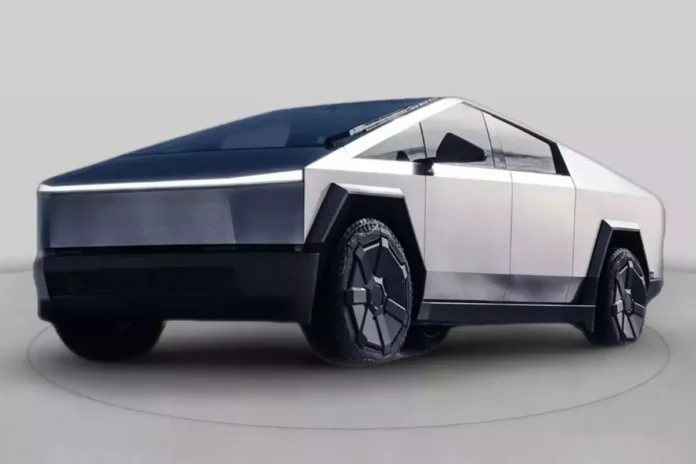Introduction to the EV Tax Credit Overhaul
The recent overhaul of the electric vehicle (EV) tax credit, passed in 2022, has introduced a series of changes that impact car shoppers significantly. This article aims to clarify what these adjustments entail and how they can affect buyers looking to invest in electric vehicles and plug-in hybrids.

New Criteria and Income Limits
Previously, the federal tax credit for EVs was a straightforward incentive—buy an eligible vehicle and receive a credit up to $7,500. However, the new legislation has added layers of complexity. Certain income limits and vehicle price caps have been implemented to assist middle-class shoppers while encouraging the development of more affordable electrified options. Buyers must now navigate these new rules to determine their eligibility for the tax credit.
Implications for Vehicle Eligibility
One significant consequence of the revamped EV tax credit is the narrowing selection of vehicles eligible for the incentives. To qualify, vehicles must be assembled in North America, and increasingly stringent battery sourcing requirements dictate eligibility as time progresses. As auto manufacturers adapt to meet these new demands, shoppers may find it challenging to pinpoint vehicles that meet the evolving standards. To alleviate some of this confusion, resources such as the EPA and the Department of Energy provide lists and tools to help consumers verify vehicle eligibility.
The impact of this overhaul on uptake and acceptance of electric vehicles cannot be understated. As the market adjusts, potential buyers should remain informed and seek guidance to navigate the changing landscape effectively.



